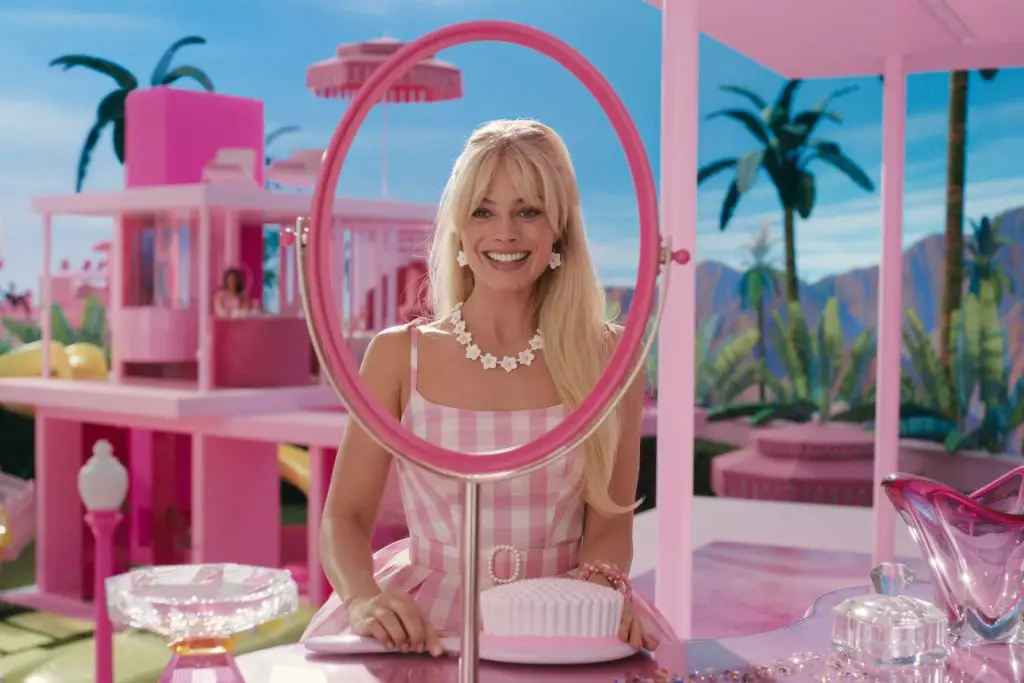Over the decades, Barbie has transitioned from a mere toy on the shelves to a cultural icon that has imprinted its mark on generations. The recent Barbie movie, which took the box office by storm, is a testament to this toy’s enduring legacy. However, its PG-13 rating, which surprised many, was a necessary decision by the creators to serve its diverse audience base effectively. This article explores the compelling reasons behind this rating choice.
The Vast and Diverse Audience of Barbie

It’s an understatement to say that Barbie has merely been a popular toy. Since its inception in 1959, over a billion units have graced children’s hands. But to target the Barbie movie solely at children below the age of 13 would have been a financial misjudgment. The film astutely catered to the nostalgic adults who once owned these dolls, ensuring a broader appeal and a heftier box office revenue.
The nostalgic humor, like the tongue-in-cheek joke about Barbie and Ken’s lack of certain anatomical features, resonates more with adults than kids. Greta Gerwig, the co-writer and director of this cinematic masterpiece, strategically ensured that the film was accessible and relatable to adults. Her efforts propelled the Barbie movie to unprecedented heights, making it the highest-grossing film by a female director.
Delving into the Reasoning of PG-13 Rating

The PG-13 advisory, which became a staple in 1984, serves as a caution to parents about content potentially unsuitable for younger children. The Barbie movie earned this rating due to its “brief language” and “suggestive references,” ensuring parents were forewarned of its mature undertones.
Some moments in the film, although clear to adults, may puzzle children. For instance, a seemingly innocuous comment about Ken “packing in his shorts” might leave younger audience members scratching their heads, thinking of luggage rather than the adult insinuation. Moreover, subtleties like the phallic designs in Barbie’s set or occasional strong language, though familiar to many, might not sit well with parents aiming to preserve their children’s innocence.
Deep Themes Beyond Child’s Play

Barbie isn’t just about plastic dolls living in a make-believe world. The narrative delves deep, touching upon profound subjects like the concept of mortality. The film’s initial segments see Barbie grappling with the inevitability of death—a theme more mature than what’s typically showcased in children’s movies. Although handled with sensitivity in the movie, the topic might be a bit intense for younger viewers.
However, the film’s core theme, the one that truly stands out, revolves around gender dynamics. Barbie and Ken’s odyssey into understanding the constraints of a male-dominated society and the pressing need for gender equality is a robust commentary. This feminist undertone, especially palpable in the film’s climax, finds its most appreciative audience among adults, who can deeply resonate with the issue.
Concluding Thoughts

The PG-13 rating for Barbie, while seemingly counterintuitive given its origins, was a judicious choice. It not only ensured the film’s vast outreach but also retained its depth, touching upon subjects beyond the superficial. While it undoubtedly is a delightful watch for younger viewers, parents should be prepared to field unexpected questions. However, for adults, especially those who grew up with Barbie, this movie is a beautiful blend of nostalgia, humor, and powerful social commentary.


